
Budo Beat 4: The Hidden Power of Vulnerability~ “Kyo-Jitsu” and the Path to True Control
The “Budo Beat” Blog features a collection of short reflections, musings, and anecdotes on a wide range of budo topics by Professor Alex Bennett, a seasoned budo scholar and practitioner. Dive into digestible and diverse discussions on all things budo—from the philosophy and history to the practice and culture that shape the martial Way.
“Alex! You’re really strong. Like, too strong.”
“😃 Why, thank you Sensei!”
“😡 Idiot. I meant that’s why your kendo sucks!”
“🫠…”
This was the feedback at Kishimoto-sensei’s private dojo in Amino this weekend. There was an important lesson that followed. It was about the concept of “kyo-jitsu”.
The principle of kyo-jitsu (虚実)—sounds simple enough. We’re dealing here with the balance between kyo, emptiness or vulnerability (what I call the ‘hole’), and jitsu, fullness or strength, the gap and the fortress (‘whole’). Legend has it that Sun Tzu himself coined this idea, and it is still very much alive and well in dojos today. Just not in my kendo, apparently.
Have you ever been standing in the ‘perfect’ kamae, screaming lots of kiai, really looking the part, and then your opponent just swoops in and hits you before you can do anything? This is because you looked like you were in a state of jitsu, and you probably thought you were, but you were actually in a state of kyo.
The essence of kyo-jitsu is that while kyo and jitsu exist simultaneously, identifying which is which is both an art and a science. To see your opponent in a state of jitsu—completely grounded and unwavering—should be cause not for attack, but for a quiet pause. A direct assault on jitsu is nothing more than headlong folly. But when you sense their kyo—the momentary lapse, the fractional opening even, if their kamae (stance) is still steadfast—you’ve found your opportunity. “Strike at the false front, bypass the substance—that’s the true road to victory!”
But the beauty of kyo-jitsu isn’t just about spotting openings; it’s about creating them. In this, iro (色), or the art of the feint, plays a critical role. A budoka trained in iro learns to show an opponent precisely what they want them to see. Imagine signalling an overhead strike, aiming for the men (head), daring the opponent to raise their guard just a little. As their hand lifts, the real target—their exposed kote (wrist)—becomes fair game. In this controlled deception, the kendoka’s feigned attack draws the opponent into a reaction, allowing exploitation of the resuting opening.
Kyo-jitsu, of course, transcends mere physicality. It’s also very much a mental game. Kyo can be an emotional lapse, a flicker of doubt, a stray thought. Jitsu, by contrast, is the unyielding state of mind that doesn’t entertain distraction. The practitioner versed in the intricacies of kyo-jitsu can read both the body and the mind of their opponent, catching subtleties that reveal the opportune moment to act, or not to act as the case may be.
Then there’s the opposite side of the coin, and this is what I was being reprimanded over. In other words, being “too strong” means that my opponent has nothing to attack, no opening to take advantage of. An important skill in budo is to be able to take advantage of someone taking advantage of you. Why are they taking advantage of you? Because you are [very subtly] offering them something to take advantage of.
“Will you walk into my parlour?” said the Spider to the Fly,
’Tis the prettiest little parlour that ever you did spy~”
So, when they think in that nano-second, “Ah, there, an opening; now’s my chance to strike men!” and then follow through with an attack, they’re doing it precisely because you wanted them to. You have drawn them into your web. This is what it means to “control your opponent”. Any ōji-waza (counter) technique against that men strike, is not a “reaction” but a “creation”.
As I write this blog post, I just got a phone call from Kishimoto-sensei. He felt the need to drive the point home a bit further.
“Alex, what you’re doing now works fine in competition—as long as you get the point, you win. And overpowering your opponent with a show of strength isn’t a bad thing at all. But as you prepare for your 8th Dan examination, you need to show more than just ‘staunchness’. You have to demonstrate a much higher understanding of the budo mind than just landing successful strikes. It’s not a one-way thing. Like a master puppeteer, you have to guide your opponent, subtly pulling the strings and letting them dance to your story. To do this, you need to get into their head and screw with their mind, without them knowing it. That’s the essence of ai-ki—feeling your opponent and guiding them along…
And, how do you do this? You have to show weakness. But here’s the rub: to truly control, you have to dare to appear vulnerable. Courage, in this case, is found in the willingness to risk being struck, inviting that opening. Right now, you’re all jitsu and no kyo—it’s like fishing with a massive hook and no bait. Show a hint of honey, and the flies will come buzzing, but I alas you’re a bit short on sweetness…”
As I listened in the dojo, and just now on the phone, I was reminded that mastering the principle of kyo-jitsu is less about defeating opponents and more about seeing oneself with clarity. To understand kyo and jitsu in others, one must learn to cultivate both in oneself, moving fluidly between states of vulnerability and strength, opening and defending as needed.
It’s a form of self-knowledge, a way of recognizing that, while strength may dominate for a time, it’s the moments of vulnerability—the kyo—that hold profound potential for growth. Budo then becomes an interplay of timing, insight, and precision rather than just forcing the point home down a one-way street. The difference lies in perception—learning to read beyond the obvious, to know the precise moment to act and when to wait. In that space between kyo and jitsu, the budoka finds a path not just to victory but to mastery of self. On that note, I guess it’s time to sprinkle a little sweetness out there and see who bites!






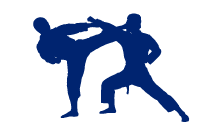

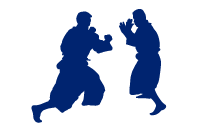
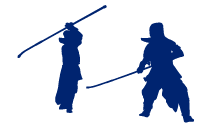



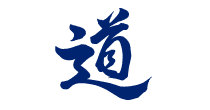
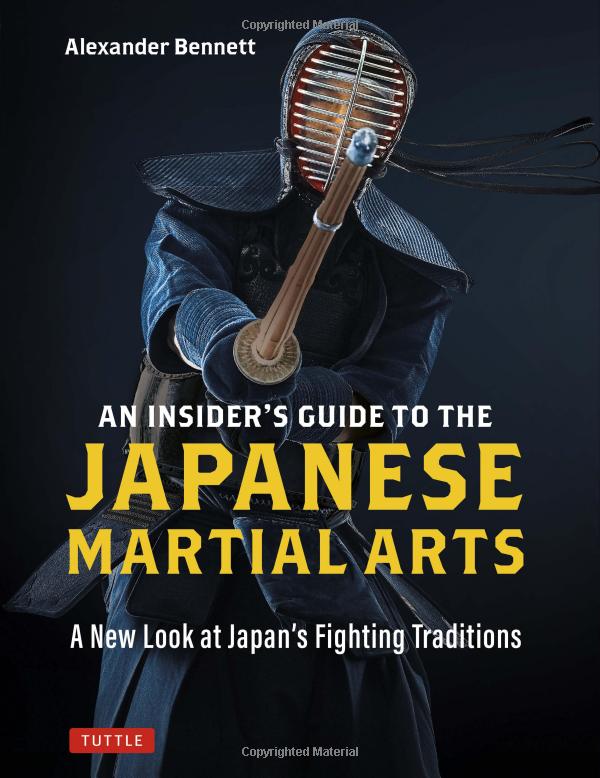


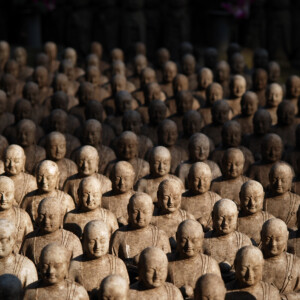
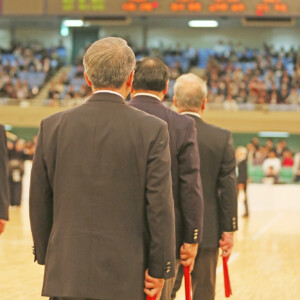

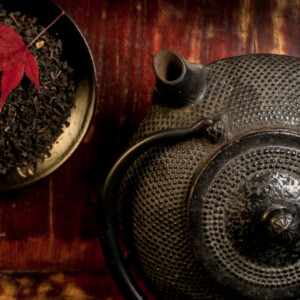
No comments yet.